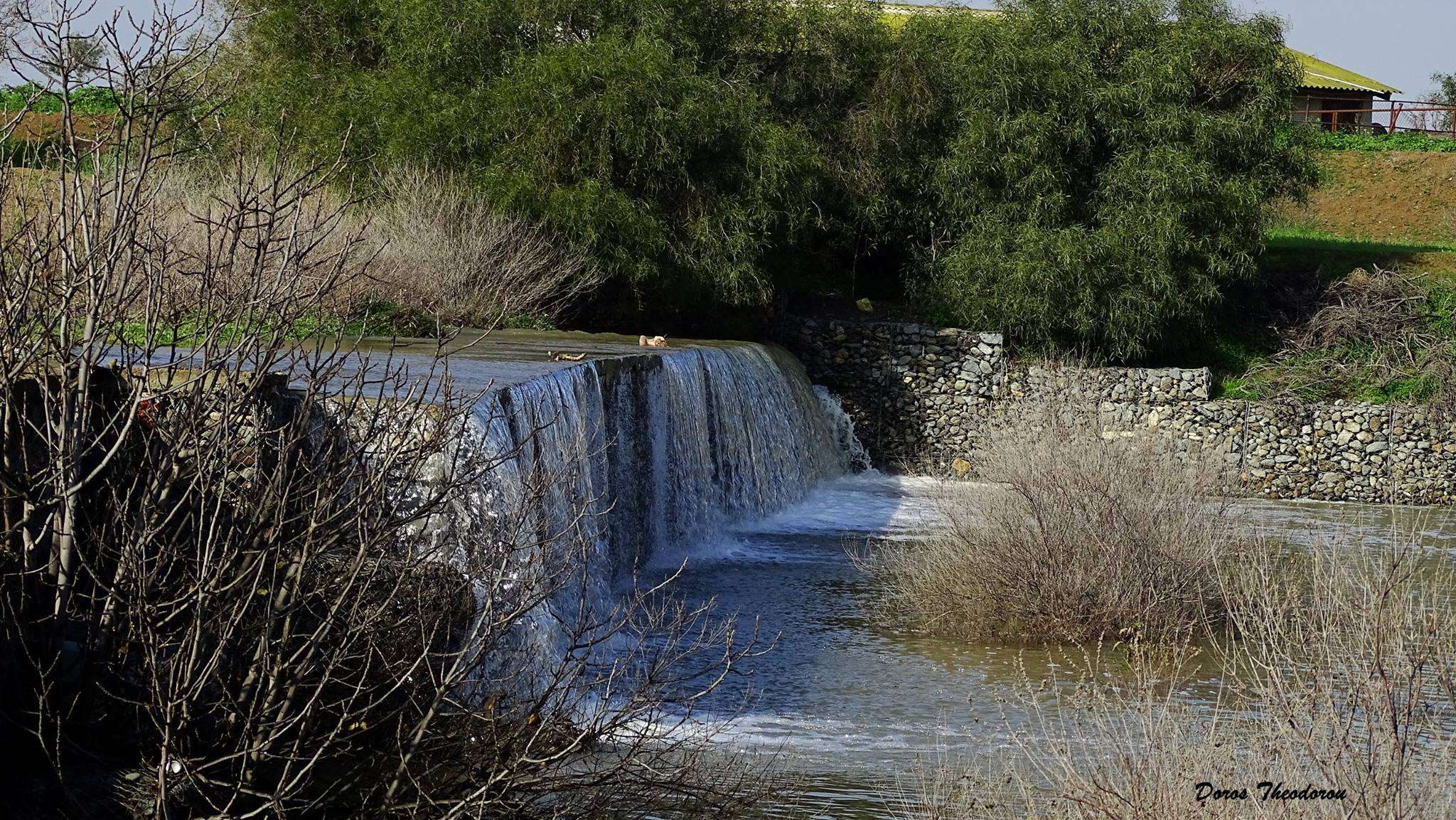Potamia
A medieval mansion dominates Potamia, which is said to be the palace of Catherine Cornaro
Potamia is a community of Nicosia that is 22km away from the capital. It is a mixed community, Greek Cypriot and Turkish Cypriot, in which they coexist harmoniously. The village lies on the eastern bank of the Gialia River.
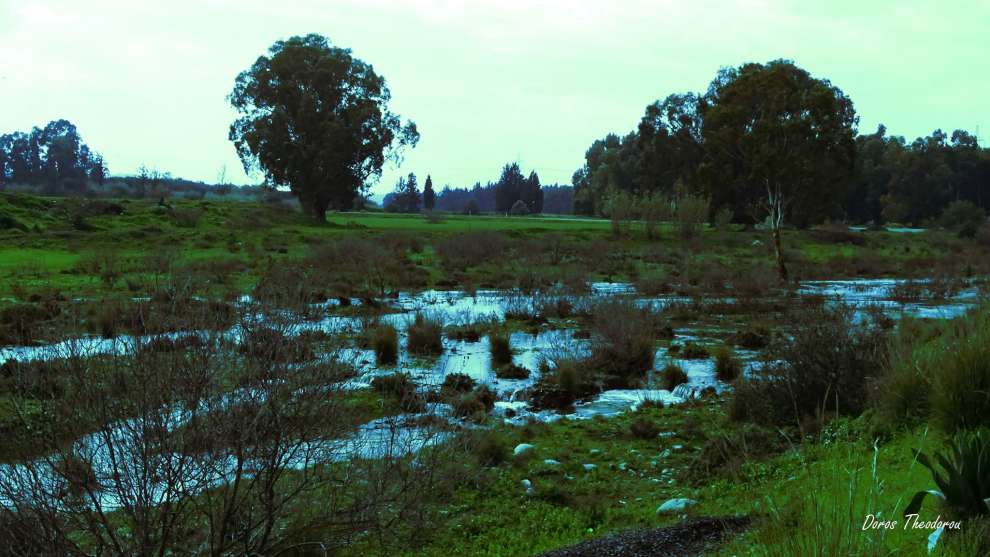 Photo: Doros ATheodorou
Photo: Doros ATheodorou
The History of Potamia:
It begins in prehistoric times, this is evident by the settlement remains of this era. Potamia belonged to the kingdom of Dali, you can see this by the archaeological sites of the village.
In 1933, with the excavation of P. Dikaios in the area "Greeks" came to light important findings such as an ancient sanctuary of the 6th-5th century B.C. century which is believed to have been devoted to Apollo. Also many movable finds, such as the crowned head of Apollo, which stands out today (2018) in the Cyprus Museum and is the symbol of the community.
As the Great Cyprus Encyclopaedia mentions, Potamia existed during Byzantine times, while during the Frankish period it belonged to the royal family of the Lusignans.
During the Ottoman domination (1570-71), Potamia, which was a royal estate, was seized and many mediaeval buildings were destroyed. The only building that was not destroyed was a chapel dedicated to Agia Marina. The chapel of Agia Marina was later destroyed after a Tur attempted to seize it.
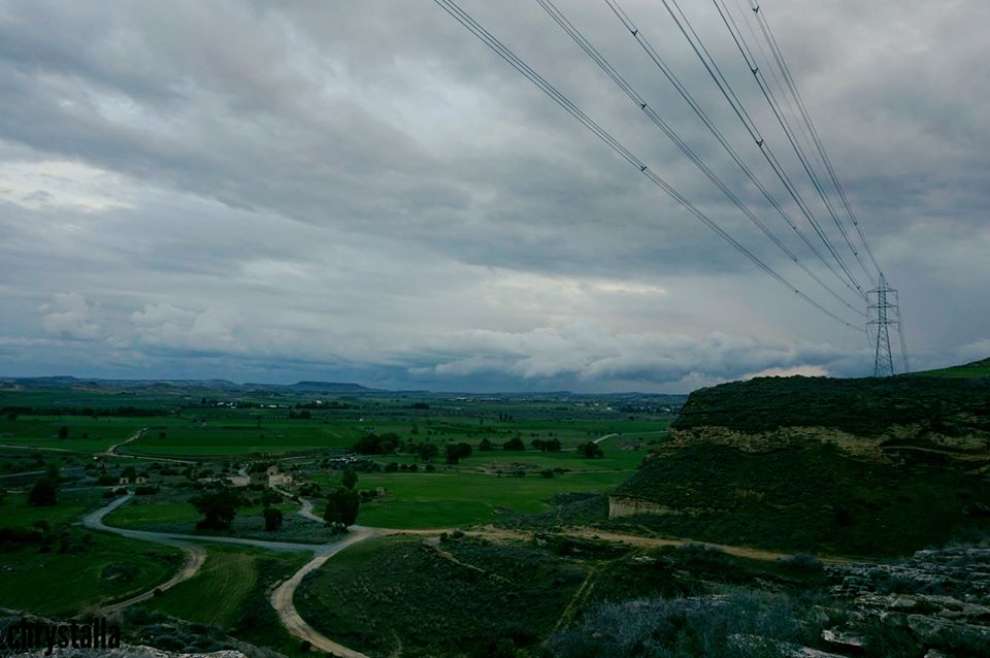 Photo: Chrystalla Tziakouri
Photo: Chrystalla Tziakouri
The Name of Potamia:
The name of the village is linked to its location. It is a village built next to the river Gialia, the second largest river on the island. According to its name, it is a village built in two "Potamia" (meaning rivers).
It is remarkable that Potamia was known with the same name from mediaeval times. The village is marked on the old maps as Potamia and Petamo, while it is referred to by a french historian traveller (Mas Latri) as La Potamie.
Later, during the Ottoman domination, the village was referred to by the Turks as Botamy and Derely.
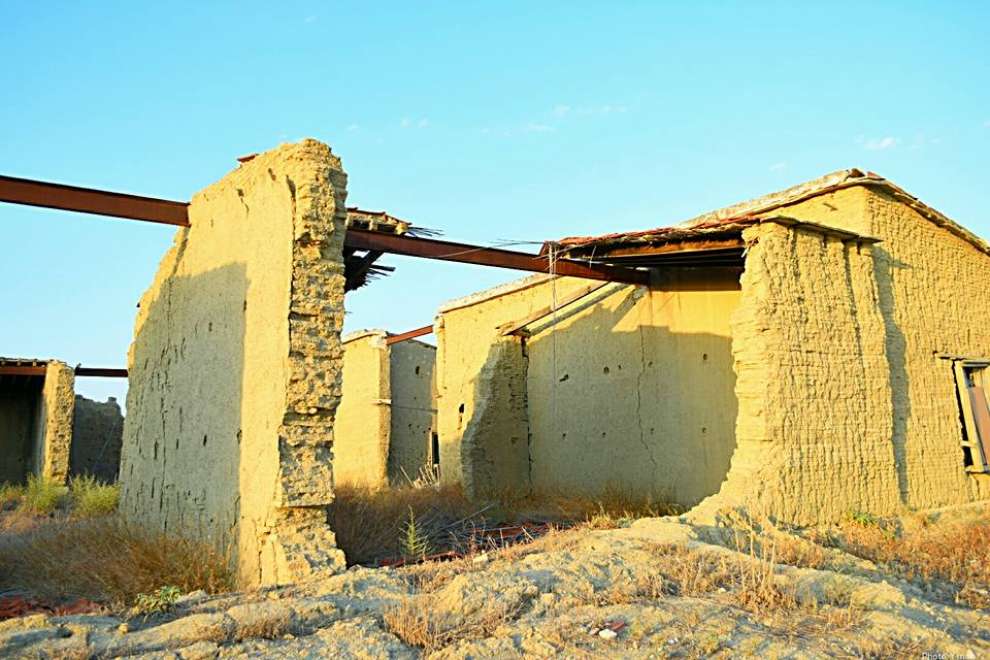 Photo: Yiannis Makriyianni
Photo: Yiannis Makriyianni
The Attractions of Potamia:
Walking through the alleys of the village, you will see the famous church of the Holy Cross building of the 18th century and the chapel of the Holy Sozomenos building of the 15th or 16th century along with its tomb. You will also come across the cave of Agios Sozomenos.
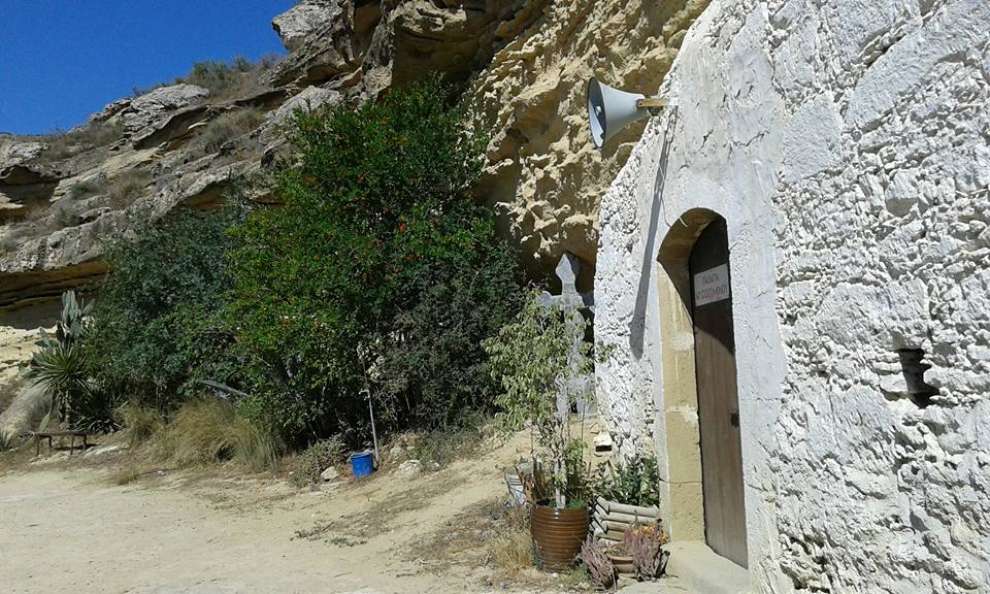 Photo: Panicos Stylianou
Photo: Panicos Stylianou
A mediaeval mansion dominates Potamia, which is said to be the palace of Catherine Cornaros.
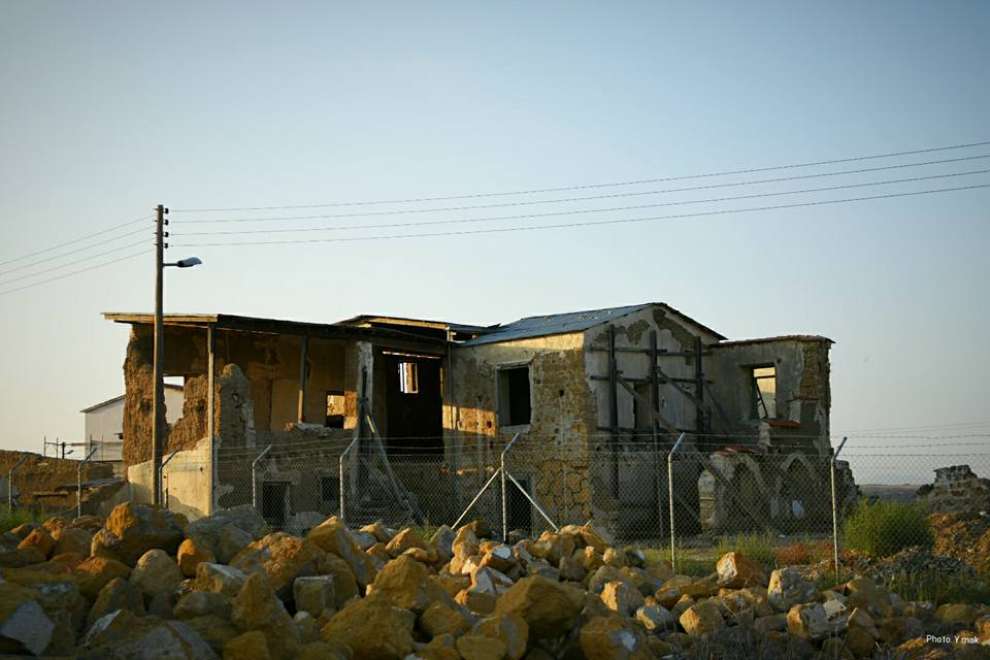 Photo: Yiannis Makriyianni
Photo: Yiannis Makriyianni
Also you can see, stone mills, old mansions, the mosque of the community as well as perennial olives.
The Population of the Village:
The village of Potamia until 1973 numbered 314 Greek Cypriots and 158 Turkish Cypriots. In 2002, according to the Voice of the Communities magazine, Potamia had 445 Greek Cypriots and 35 Turkish Cypriots. The number of Turkish Cypriots dropped significantly after 1964 due to bi-communal riots and in 1975 due to the Turkish invasion of 1974.
Crops in Potamia:
In Potamia you will see tall eucalyptus, large areas of olives, citrus, vegetables and grain. It is worth noting that in the 1950s the village used to grow Tobacco. In fact, the smoke “house”, the hall where the tobacco was processed, still stands today.
For the map of the area, click HERE

 English
English
 Ελληνικά
Ελληνικά Русский
Русский